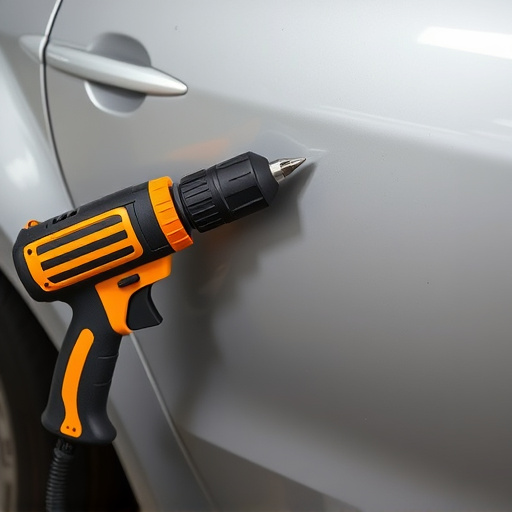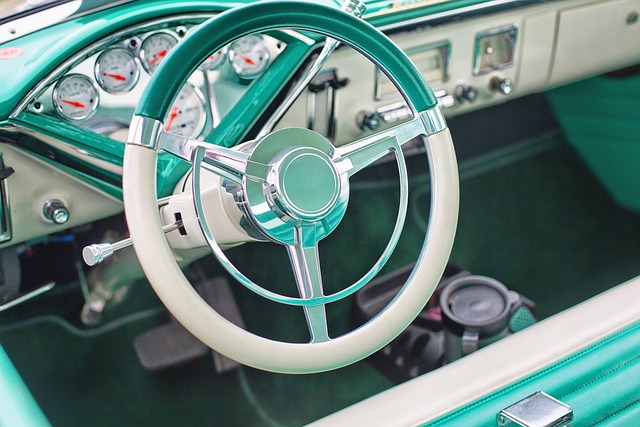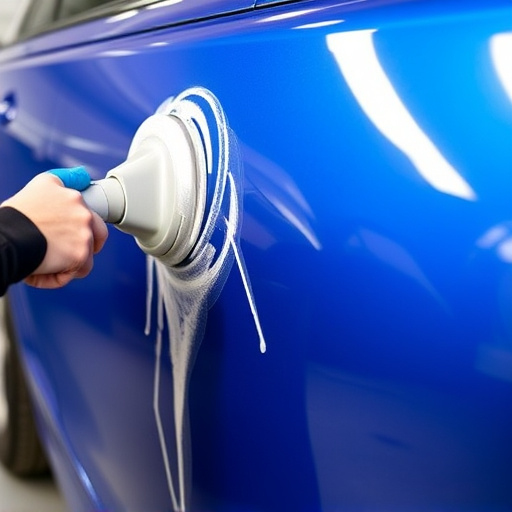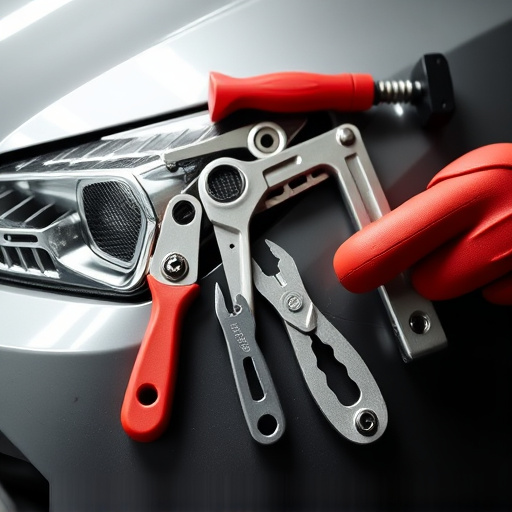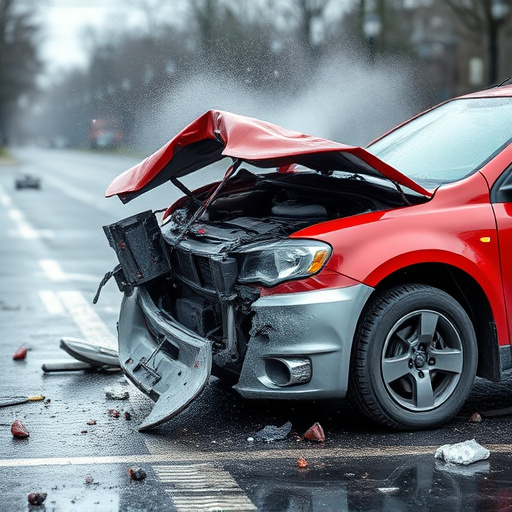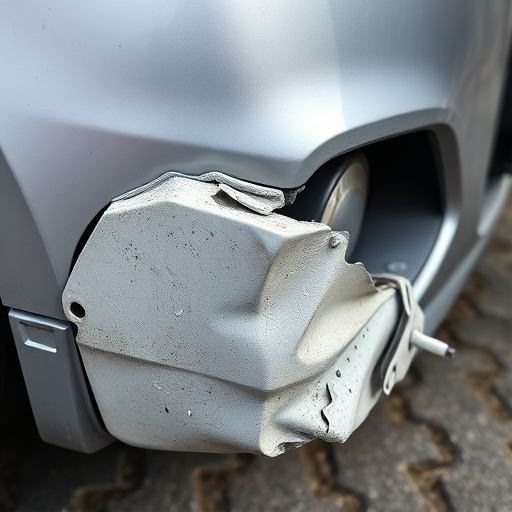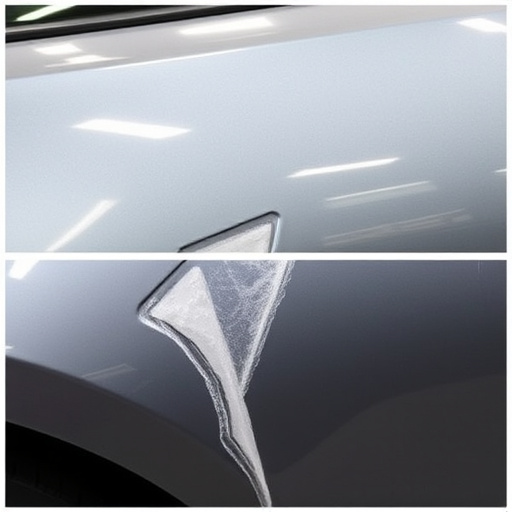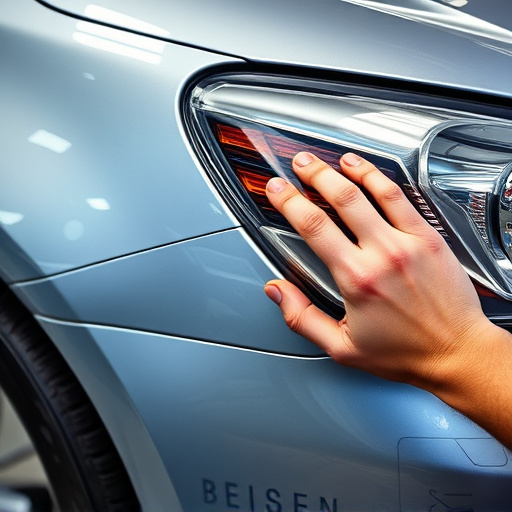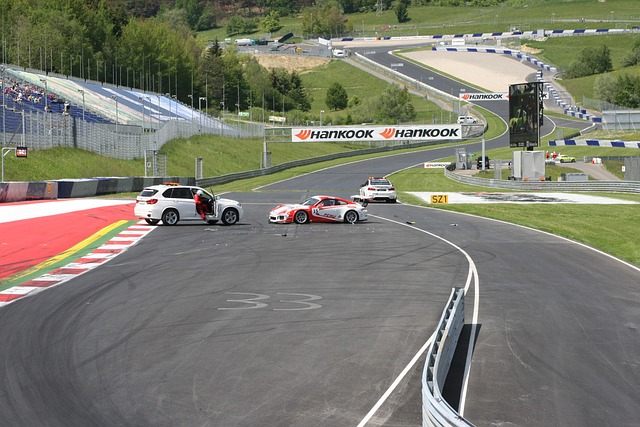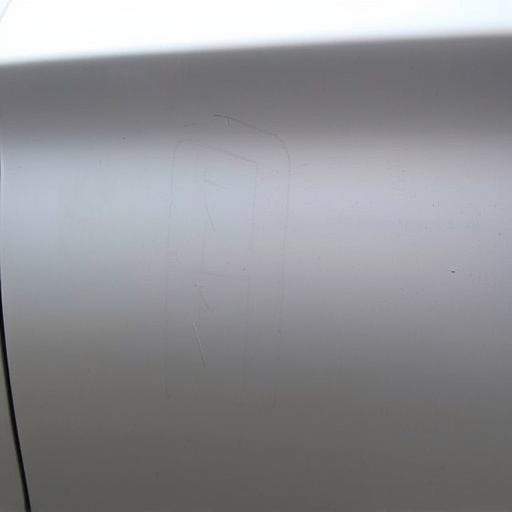Tesla's advanced driver assistance systems (ADAS) heavily rely on bumper sensors for critical functions like lane departure warning, automatic emergency braking, and adaptive cruise control. Regular maintenance, professional repair, and timely replacement are vital to ensure these safety features operate optimally. Malfunctions can arise from misalignment, physical damage, or harsh weather conditions, requiring meticulous inspection, cleaning, calibration, or replacement by skilled technicians. Prompt repair is recommended for optimal driver assistance capabilities.
Tesla’s advanced driver assistance systems rely on precise bumper sensors for safe navigation. These sensors detect obstacles, aiding in parking, lane keeping, and collision avoidance. However, over time, bumper sensors can malfunction due to debris, wear, or impact, compromising driver safety. This article guides you through understanding Tesla bumper sensor issues, identifying common problems, and offers a step-by-step repair process to restore your vehicle’s critical driver assistance features. Learn how to effectively and safely tackle Tesla bumper sensor repair.
- Understanding Tesla Bumper Sensors and Their Role in Driver Assistance
- Common Issues and Causes of Bumper Sensor Malfunction
- Step-by-Step Guide to Effective and Safe Bumper Sensor Repair
Understanding Tesla Bumper Sensors and Their Role in Driver Assistance
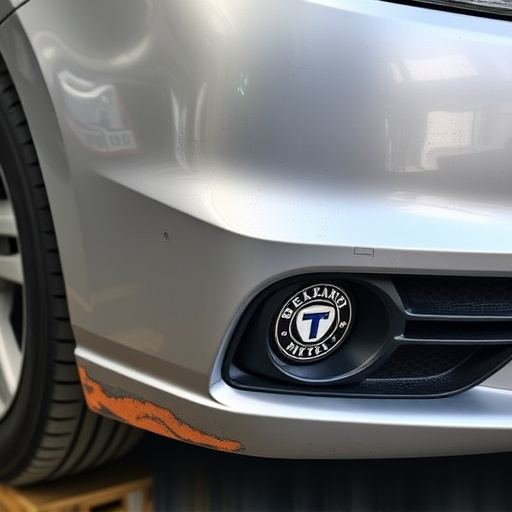
Tesla’s bumper sensors are an integral part of its advanced driver assistance systems (ADAS). These sensors play a crucial role in enabling features like lane departure warning, automatic emergency braking, and adaptive cruise control, enhancing safety and providing drivers with valuable assistance on the road. Located along the vehicle’s exterior, these sensors detect obstacles and convey critical data to the car’s computer, which then makes split-second decisions to prevent accidents or mitigate their impact.
Regular maintenance and Tesla bumper sensor repair are essential to ensure these systems function optimally. Over time, environmental factors like dirt, debris, and extreme temperatures can affect sensor performance. That’s where professional auto body restoration services come into play. Skilled technicians offer car bodywork services that include thorough cleaning, calibration, and, if necessary, replacement of faulty sensors, guaranteeing that your Tesla’s driver assistance features remain reliable and effective for years to come.
Common Issues and Causes of Bumper Sensor Malfunction

Tesla bumper sensors are integral to the vehicle’s driver assistance systems, playing a crucial role in collision avoidance and parking aid. However, like any component, they can malfunction due to various reasons. Common issues include sensor misalignment, where debris or incorrect installation can cause the sensor to fail in detecting objects accurately. Another frequent problem is damage from minor collisions or impact, leading to sensor distortion or even failure. Corrosion and exposure to harsh weather conditions also contribute to malfunctioning sensors over time.
The underlying causes often involve physical damage, such as bumper dents or cracks, compromising the sensor’s integrity. Furthermore, extreme temperature fluctuations can affect the sensor’s performance. Regular car bodywork services and auto body restoration practices that ensure proper maintenance and timely repairs can significantly extend the lifespan of these sensitive components. Prompt Tesla bumper sensor repair is recommended upon detecting any malfunction to restore optimal driver assistance capabilities.
Step-by-Step Guide to Effective and Safe Bumper Sensor Repair

When it comes to Tesla bumper sensor repair, a step-by-step approach ensures both effectiveness and safety. Begin by inspecting the damaged area thoroughly, identifying the extent of the issue. Next, gather the necessary tools and replacement parts, including specialized sensors and mounting hardware, specifically designed for your Tesla model.
Proceed with careful disassembly of the affected bumper, taking note of how each component is attached. Remove any debris or foreign objects from the sensor itself, as these can interfere with its operation. Once clean, replace the faulty sensor with a new one, ensuring proper alignment and secure attachment. Finalize the process by reassembling the bumper, following the original installation guidelines closely, and test the sensors to verify their functionality and integration with your car’s collision avoidance systems, enhancing overall safety through proficient auto maintenance.
Tesla bumper sensors play a vital role in enhancing driver assistance, ensuring safe navigation. By understanding common issues and following a meticulous repair process, owners can restore these essential components effectively. This DIY guide empowers individuals to take control of their vehicle’s safety, offering a practical solution for Tesla bumper sensor repair. Remember, a well-maintained sensor is key to maintaining optimal driving aid, making this a valuable skill in today’s automotive landscape.
